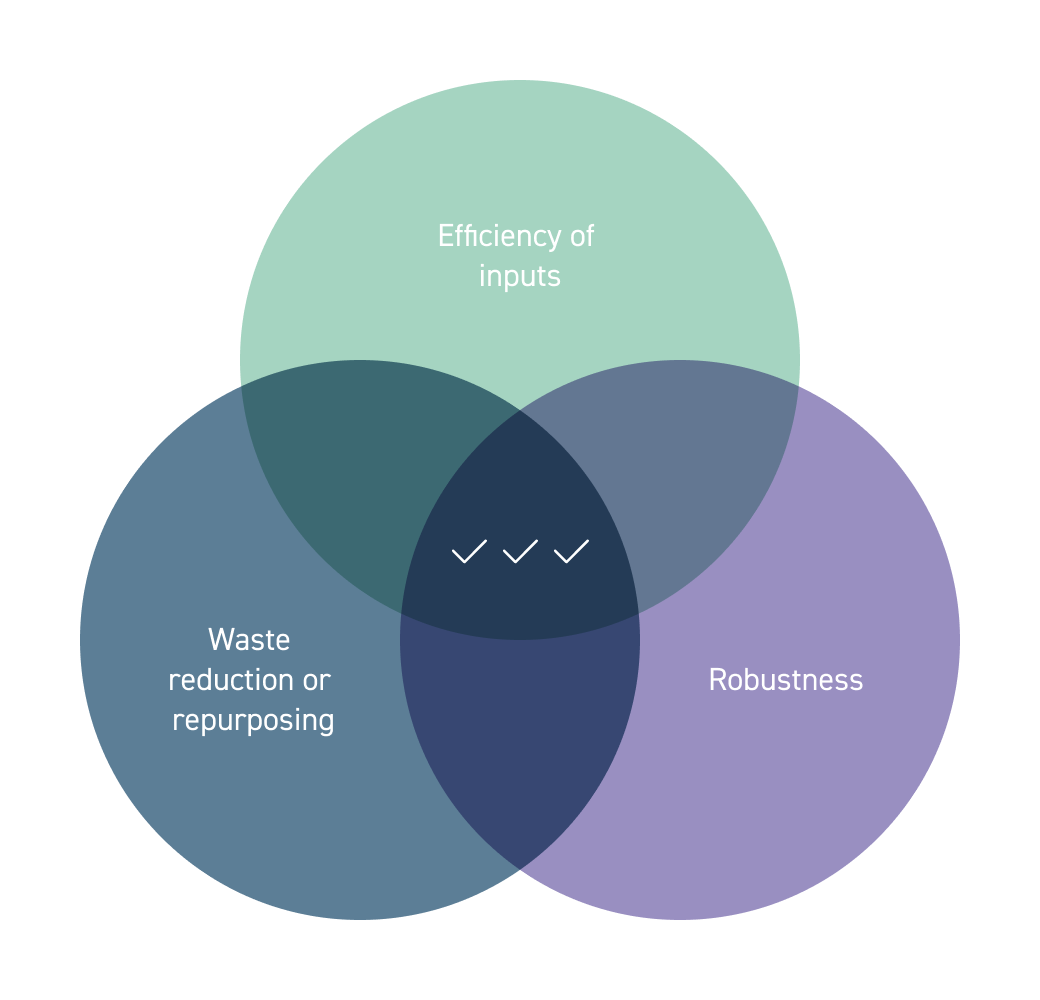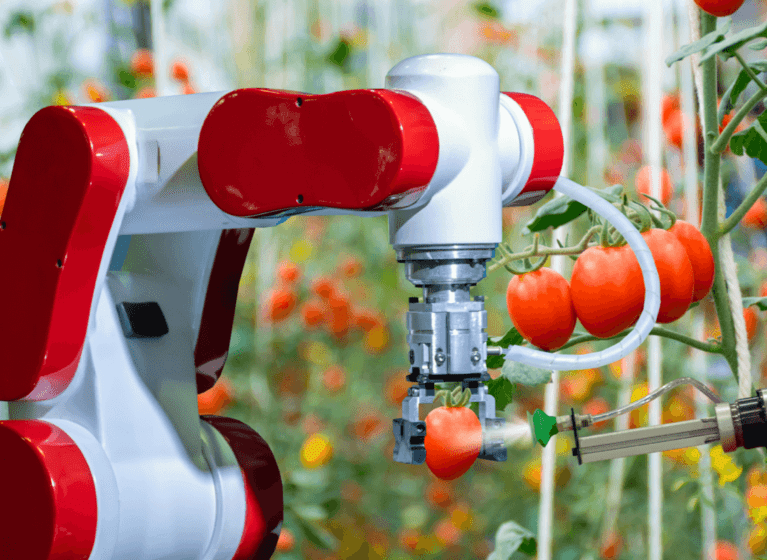Climate change poses a significant and increasing challenge to food production. This is a particular issue in Australia where existing demanding conditions mean that food production is often already stressed without the addition of higher temperatures, less predictable rainfall, and harsher weather systems. But new challenges can lead to new solutions. And new solutions can often prove highly valuable if properly protected under the patent system.
Despite this high potential value, the cost and timelines of engaging with the patent system can be daunting, especially for early-stage innovators. However, early discussions with a patent attorney can provide you with a commercial tool that unlocks many doors. Also importantly, such discussions with an attorney can ensure that you do not damage the potential value of your intellectual property. Before making a decision regarding filing a patent it is crucial that you do not reveal the details of your innovation (at least without a non-disclosure agreement, though many investors are reluctant to sign such documents). Your attorney can assist you balance providing sufficient detail to attract investor interest without unwittingly damaging the value of any intellectual property.
Fundamental requirements for patentability
Taking best advantage of what a patent can provide requires early decision-making. This is discussed further here in the context of identifying patentable innovations and what to do about it.
A patent must cover something technical in nature (rather than simply a business method) that is new in a somewhat creative way. A common misconception is that a patent requires an extraordinary advance: often what may appear to you to be a relatively small adjustment can be patentable. Indications of possible patentability include having to investigate multiple approaches before solving your problem or having to persuade colleagues that your approach should be pursued.
Green agricultural innovations
Patentable innovations being currently developed locally in agriculture are growing in both number and variety. This growth in the local scene is exciting.
Commercial relevance is crucial to all patentable innovations. Importantly, most patentable agricultural innovations now being developed also achieve environmental benefits. A third of all human caused greenhouse gas emissions result from global agriculture systems.1 It is important that agricultural technology provide innovations that reduce the impact of agriculture as well as innovations that increase climate resilience.
Broadly, most attractive patentable innovations in the field increase the efficiency of inputs, reduce or repurpose waste, and/or increase robustness. Many innovations achieve more than one of these outcomes. Some general approaches being developed by local early-stage innovators are touched on below (in a far from exhaustive list).

Efficiency of inputs
Increasing efficiency of inputs obviously reduces waste, which can be in the form of material and/or labour. This can be achieved in a great variety of ways: for instance, through more focussed administration facilitated by:
- imaging technology – including precision farm mapping, crop counting, weed and pest detection and management, and livestock monitoring
- digital twins, artificial intelligence (AI) and “internet of things” (IoT) networked sensors and systems – including deep learning systems, smart irrigation systems, and IoT sensors
- more efficient active ingredients/formulations/managements practices – including those with improved efficacy, selectivity, and/or administration regime
- agents/management practices to reduce competing processes – including those that reduce biological processes that detract from the output of interest, for instance, stress responses or biome processes that consume inputs at the expense of the target
Waste reduction or repurposing
Improvements in waste practices are often coupled to improvements in efficiency of inputs. Some further approaches include:
- trapping/inhibiting waste streams – including agents or management practices to prevent the production/release of greenhouse gases, as well as other wastes
- fastened active ingredients/formulations – including those with reduced run-off, spray drift and increased control of departure of the action site
- repurposing waste streams into other input streams – including utilising waste streams as feedstocks for other organisms or refining waste into desirable additives
Robustness
Improvements in input and waste efficacy can facilitate production on marginal land. Such improvements can also provide a sufficient “buffer” for higher intensity management during period of stress. Robustness can also be facilitated by:
- development of new crop varieties: including through selection processes and genetic modification
- management practices better adapted to low intensity livestock farming (on marginal land): including reducing the number and/or invasiveness of required interventions through improved administration regimes/management practices
- production techniques less dependent on productive land: including greenhouse and lab production methods
Early-stage innovators
As briefly surveyed above, potentially patentable innovations in agriculture are highly varied.
A key decision for any innovator is whether to engage in patent protection. Before making such a decision, it is best to talk with a patent attorney, at least to obtain a view regarding patentability and to potentially assist with the scope of disclosures to potential investors.
Here at FPA Patent Attorneys, we have deep knowledge and experience in Agribusines. We focus on local clients, with the client’s commercial needs and considerations driving the strategy we develop in partnership with them. If you are interested in advice in this space, please get in touch.






